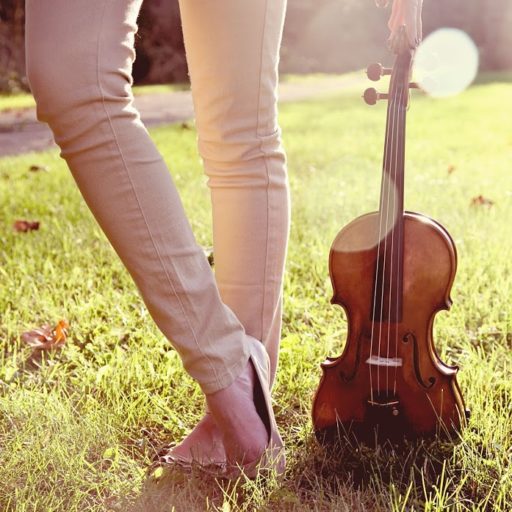Author: Jenna
-
5 Celtic-Style Songs for Weddings
Traditional Celtic music is a broad genre that evolved out of the folk traditions of Ireland, Scotland, and Wales. While there is a lot of diversity in the genre, it’s […] Read more
-
Why Getting the Right Size Violin Matters
Did you know that violins come in multiple different sizes? It’s true! While most adults play on full size violins, there are 1/2, 1/4, 1/8, 1/10, and even 1/16 size […] Read more
-
3 Tips for Picking Your Wedding Ceremony Songs

Some of us have had out weddings planned since we were children. Others of us… not so much! When it comes to picking music for your wedding ceremony, it can […] Read more
-
A Pandemic Wedding
I was fortunate to play for a wedding a few weeks ago for the first time since the Stay at Home order. The process was certainly different, but I was […] Read more
-
Teaching Violin During a Stay at Home Order
What a crazy few weeks it’s been! Michigan has been under a Shelter in Place order for three weeks now. A lot of things have certainly not been easy, and […] Read more
-
10 Steps for a Great Practice Session
1.) Eliminate Distractions In order to have a good practice session, this should be one of the first steps you take. Go into a room by yourself with no TVs, […] Read more
-
Dear Students
I’ve thought about starting a blog for some time now, but I’ve gone back and forth about what I wanted the first post to be. It seemed so complicated and […] Read more
